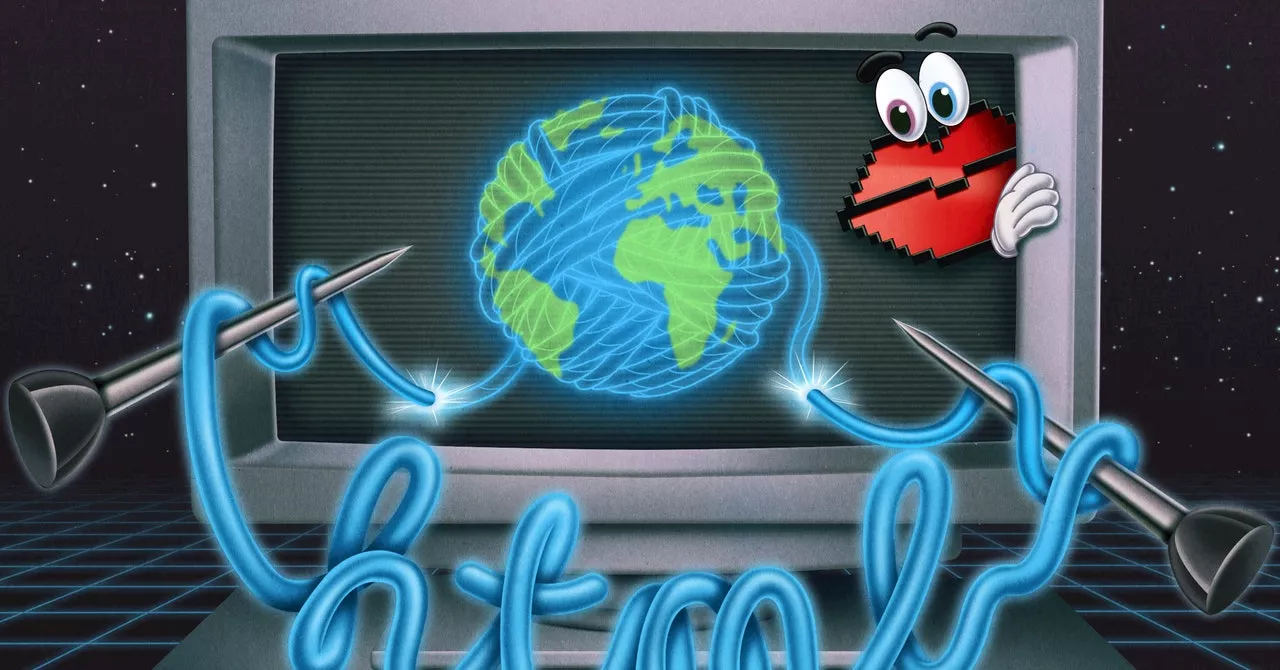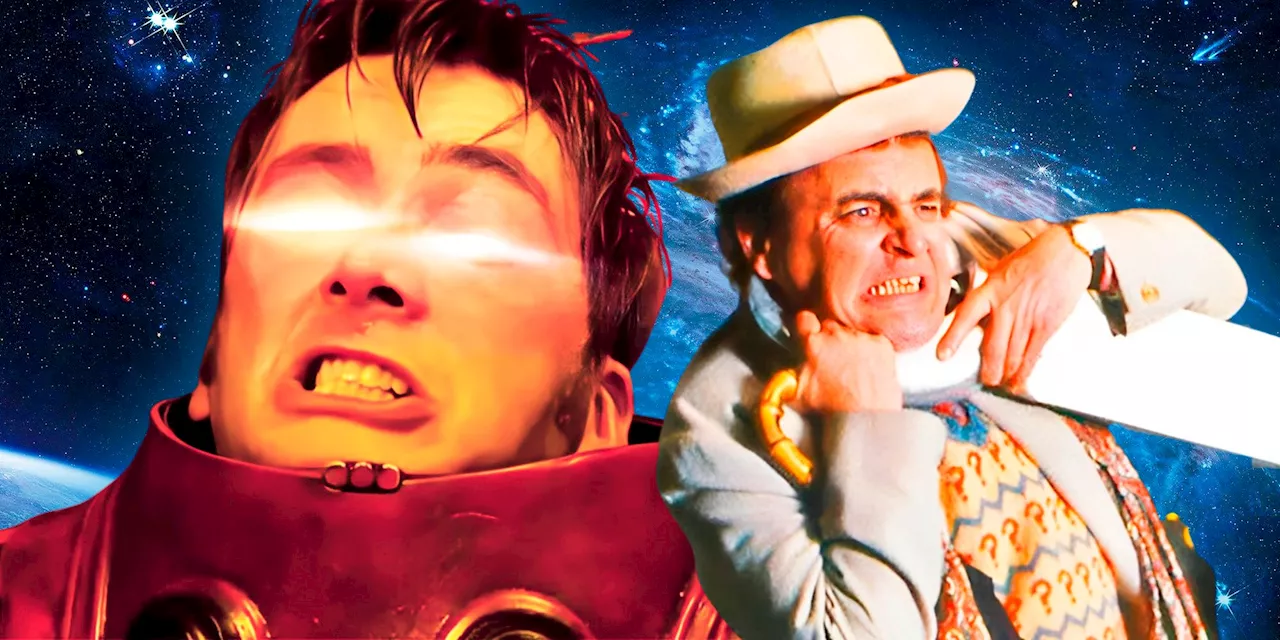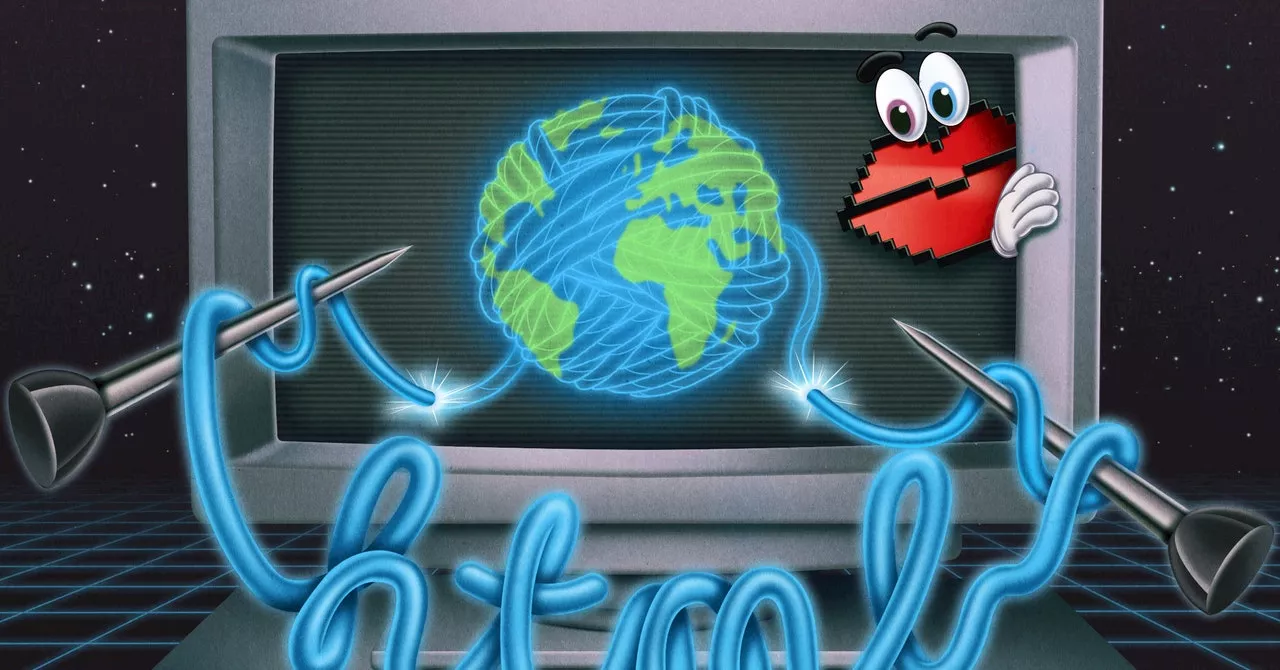This article argues that HTML, often dismissed as simple markup, is actually a powerful and influential programming language. It explores the unique characteristics of HTML, its impact on computing, and its enduring legacy as the foundation of the World Wide Web.
Are you a coder? Please take our new survey (it's short and fun) about how you use AI at work. Because HTML looks easy and lacks features like formal conditional logic and Turing-completeness, it’s often dismissed as not a programming language. “That’s not real code; it’s just markup” is a common refrain. Now, I’m no stranger to the austere beauty of the command line, from automating scripts to training machine-learning models. But underestimating HTML is a mistake.
HTML is the most significant computing language, programming or otherwise, ever developed. Every other programming language has to grapple with how HTML has redefined computing over the past 30-plus years. So many “pure” programming languages automate the production of more and more HTML. When haters deny HTML’s status as a programming language, they’re showing they don’t understand what a language really is. Language is not instructing an interlocutor what to do in a way that leaves no room for other interpretations; it is better and richer than that. Like human language, HTML is conversational. It is remarkably adept at adapting to context. It can take a different shape on any machine, from a desktop browser or an e-reader screen to a mobile app or a screen reader for the blind (so long as that device is built to present hypertext). HTML is somehow simultaneously paper and the printing press for the electronic age. It’s both how we write and what we read. It’s the most democratic computer language and the most global. It’s the medium we use to connect with each other and publish to the world. It makes perfect sense that it was developed to serve as a library—an archive, a directory, a set of connections—for all digital knowledge. Like many readers my age, I encountered HTML in 1994, during those heady days when Netscape’s browser brought the web to much more of the world. In my case, the internet was available on just a few machines at my high school—I didn’t have a computer at home, let alone dial-up—but I quickly made myself an amateur expert in navigating the strange new space that Tim Berners-Lee and his colleagues had brought into being. An older friend showed me how he built his own homepage, complete with animated “under construction” GIFs, an interactive Magic 8-Ball, and a handful of bandwidth-devouring photos. Since I didn’t have an email address, he set up a text entry field on his site where I could send him messages, with stern instructions that the textbox was “only for TIM.” He’d post his own responses directly on the website, so I (and theoretically anyone) could read them when I next got access to a machine. This is what passed for information security for two low-risk targets in those days. The idea that you could build something fun for your friends, but potentially anyone in the world could discover it, was intoxicating. So was the language itself. Most raw HTML then was easy for humans, even newcomers, to understand. You didn’t need a primer in formal logic to grasp that most tags needed to be opened and closed (like parentheses in a math statement or ordinary sentence) to function as intended. And you didn’t need to be a mischief-minded teenager to see the possibilities in what happened when HTML “broke.” To learn any programming language is to learn how to debug it. But a malformed command in Python usually returns an error message that keeps the code from running, not something that fails brilliantly yet monstrously, outpacing its creators’ intentions. With HTML, we are all Doctor Frankenstein. One of my favorite websites of all time is the Embroidery Troubleshooting Guide. These days it’s available only via the Internet Archive, unless (like me) you have a local copy. At the top, it looks like a typical, if somewhat old-fashioned, small-business website. But when you glance down, you immediately notice something strange about it. The text, all center-aligned in alternating red and blue Arial, gradually gets bigger and bigger, with phrases forced to wrap lines or reach the edge mid-word, filling up the screen like Alice trying to squeeze through smaller and smaller doors in Wonderland. When you view the source code (have any other programs made it so easy to view source like a website?), you’ll quickly discover what’s gone wrong. Each line of centered text begins with or header tags that never close. Each header tag—which only establishes a relative size, not an absolute one, part of the semantic richness of the web’s flexible grammar—builds on the last, creating progressively larger nesting dolls. The tag designed for defining textual hierarchy runs amok, creating chaos. The fact that the words themselves are about how and why threads can break makes it poetry. On its own, the Embroidery Troubleshooting Guide would be a clever enough piece of found conceptual art
HTML Programming Web Development Computer Language Internet History
United States Latest News, United States Headlines
Similar News:You can also read news stories similar to this one that we have collected from other news sources.
 HTML: The Most Significant Computing LanguageThe article argues that HTML, despite being often dismissed as mere markup, is the most important computing language ever developed. It highlights HTML's ability to adapt to different contexts and devices, its role as a medium for communication and knowledge sharing, and its impact on how we interact with digital information.
HTML: The Most Significant Computing LanguageThe article argues that HTML, despite being often dismissed as mere markup, is the most important computing language ever developed. It highlights HTML's ability to adapt to different contexts and devices, its role as a medium for communication and knowledge sharing, and its impact on how we interact with digital information.
Read more »
 Underrated Gems: Anora and The BikeridersDiscover two compelling films you might have missed: Anora, a dark and captivating love story, and The Bikeriders, a stylish exploration of the motorcycle club world.
Underrated Gems: Anora and The BikeridersDiscover two compelling films you might have missed: Anora, a dark and captivating love story, and The Bikeriders, a stylish exploration of the motorcycle club world.
Read more »
 John Carroll University Partners with Ensemble Theatre Cleveland for Expanded Arts ProgrammingJohn Carroll University and Ensemble Theatre Cleveland announce a collaboration bringing two productions to JCU's Marinello Little Theater for the 2025-2026 season. The partnership reflects JCU's commitment to integrating arts into its liberal arts curriculum.
John Carroll University Partners with Ensemble Theatre Cleveland for Expanded Arts ProgrammingJohn Carroll University and Ensemble Theatre Cleveland announce a collaboration bringing two productions to JCU's Marinello Little Theater for the 2025-2026 season. The partnership reflects JCU's commitment to integrating arts into its liberal arts curriculum.
Read more »
 Underrated Doctor Who Stories That Deserve More AttentionThis article explores some of the most underrated Doctor Who stories from both the classic and modern eras, highlighting their unique qualities and why they deserve more recognition.
Underrated Doctor Who Stories That Deserve More AttentionThis article explores some of the most underrated Doctor Who stories from both the classic and modern eras, highlighting their unique qualities and why they deserve more recognition.
Read more »
 3 Underrated Movies on Max You Need to Watch in January 2025This article recommends three underrated movies on Max streaming service for January 2025. The suggestions include Jim Carrey's dark comedy 'The Cable Guy,' the fantasy action film 'Warcraft,' and a Max original focusing on YA romance and mental illness.
3 Underrated Movies on Max You Need to Watch in January 2025This article recommends three underrated movies on Max streaming service for January 2025. The suggestions include Jim Carrey's dark comedy 'The Cable Guy,' the fantasy action film 'Warcraft,' and a Max original focusing on YA romance and mental illness.
Read more »
 Trader Joe's Bakery Section Is Severely Underrated & Here's 13 Pieces of ProofTrader Joe's is like the Disneyland of grocers. It's ever-changing with the addition of timely and exciting new products while keeping fan-favorite items well-stocked. Exploring every aisle is a must, or else you're likely to miss out on discovering a few gems and surprises.
Trader Joe's Bakery Section Is Severely Underrated & Here's 13 Pieces of ProofTrader Joe's is like the Disneyland of grocers. It's ever-changing with the addition of timely and exciting new products while keeping fan-favorite items well-stocked. Exploring every aisle is a must, or else you're likely to miss out on discovering a few gems and surprises.
Read more »
